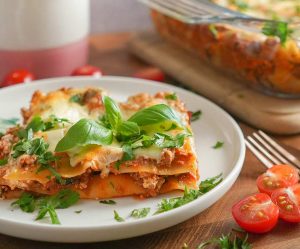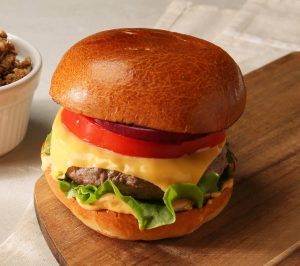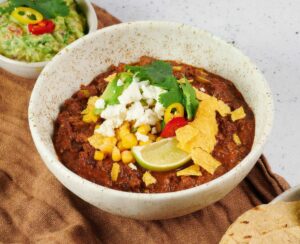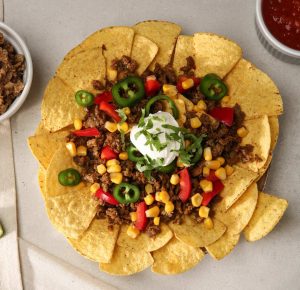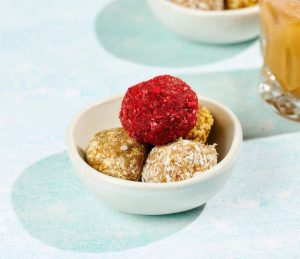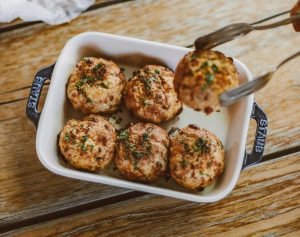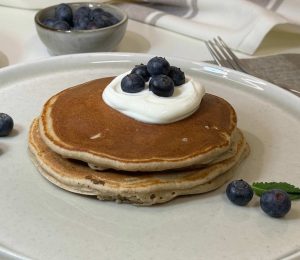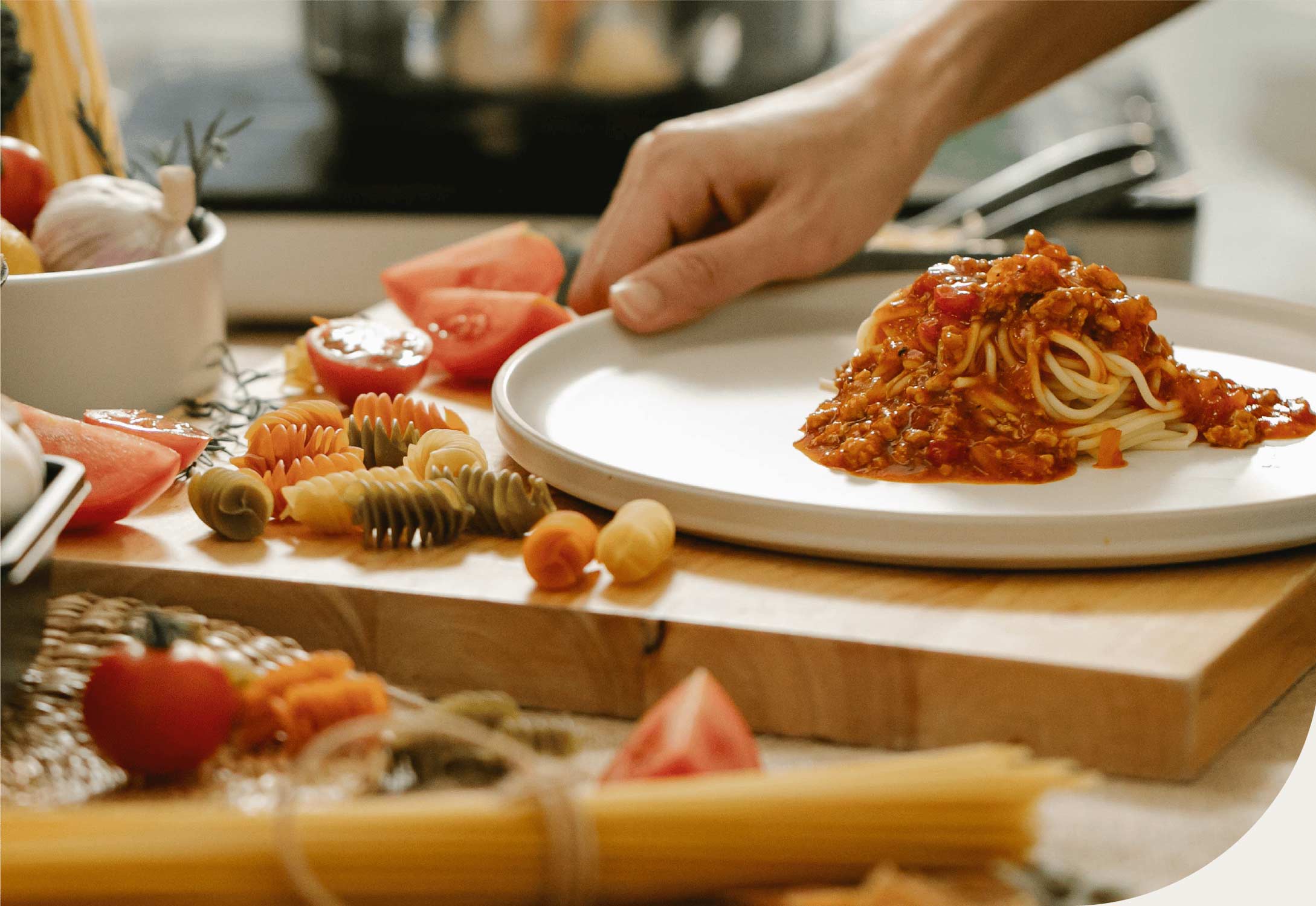
Recipes
Textured Insect Protein (TIP) inspired recipes
Textured Insect Protein Powder (TIPP) inspired recipes
Whole Insect Powder (WIP) inspired recipes
Frequently asked questions
What is textured insect protein?
Textured insect protein is a product derived from the yellow mealworm (Tenebrio molitor), the first insect to be approved for human consumption in Europe. The insect rearing process is very carefully controlled to ensure that the final product is microbiologically stable. The larvae are processed through several stages (grinding, purification, drying, extrusion) to produce a finished product that is ready for consumer use. Lately, insect based food has been considered a superfood that can complement almost any dish we eat. It is most commonly used to increase the nutritional value of protein foods.
At Divaks, insect protein is produced in several different forms that can be adapted to different protein foods, from savory to sweet. Textured insect protein, or TIP, is a product with a texture similar to ground meat. This makes it suitable as a meat substitute in protein recipes dishes such as lasagna or stews. The second product, textured insect protein powder (or TIPP), is ground to the consistency of flour. The fine texture makes the product particularly easy to incorporate into baked goods, energy balls or meatballs – in short, any insect recipes where a fine, integral texture is important.
Why use textured insect protein in meals?
Textured insect protein is a nutritious and versatile ingredient that not only adds variety to your diet, but also makes it more sustainable. This product is becoming an increasingly popular choice for preparing insect recipes as it offers many health, culinary and environmental benefits.
Health benefits
It is a high quality protein source that contains all the amino acids essential for the human organism. In addition, insect protein is rich in micronutrients such as iron, zinc and vitamin B12, which are also essential for good health. Therefore, insect recipes are an opportunity to eat not only delicious but also healthy, taking advantage of the nutritional value of this ingredient. This can be helpful for those who already lead an active and healthy lifestyle, as well as for those who want to gradually improve their healthy eating habits.
Sustainable choices
One of the most important arguments for using insect based food is its sustainability. It requires much less water, land and energy to produce than traditional protein sources such as beef or pork. By cooking insect recipes, you are not only reducing your carbon footprint, but also contributing to the global effort to create a more sustainable food system.
Versatility
Textured insect protein is an extremely versatile ingredient, ideal for a wide range of insect recipes. Its neutral flavor and pleasant texture make it ideal for high-protein meals such as tacos, burgers, stews or soups. It easily absorbs seasonings and marinades, allowing you to create both traditional and innovative recipes to suit individual tastes.
How to use insect protein in insect recipes
The method of preparation of insect protein is determined by two factors – the form of the product chosen and the protein recipes that require this product. Because Textured insect protein (TIP) and Textured insect protein powder (TIPP) have different consistencies, the two products require different preparation methods.
How is Textured insect protein (TIP) prepared?
Textured insect protein is commonly used as a meat substitute in dishes such as tacos, burgers, stews, etc. Since this product is delivered in dried form, the first step in preparing TIP is to rehydrate it. To rehydrate, TIP should be soaked in warm or cold water. The ratio of TIP to water should be 1:2.2 when using warm water and 1:2 when using cold water.
Pour warm water over the TIP and allow to soak for 15 minutes. Stir well and leave for another 15 minutes. After a total of 30 minutes, drain the water if necessary. If you use cold water to prepare the TIP, soak the product for 1 hour, stirring after 30 minutes. This ingredient allows you to experiment with both traditional and modern insect recipes, giving them a unique texture and taste.
How to use Textured insect protein powder (TIPP)?
Textured insect protein powder is an ultra-fine powdered product that can be used in both sweet and savory dishes. No additional preparation is required – the powder can be mixed directly with other wet or dry ingredients. TIPP is particularly popular in baked goods, where it increases the protein content of dishes.
TIPP mixes well with other dry ingredients and can replace up to 20% of regular flour. It provides the perfect balance of texture, flavor and nutrition for healthier pancakes, muffins or breads. In addition to baked goods, TIPP is also ideal for use in liquid dishes. When added to smoothies, it dissolves easily, providing a smooth texture and enriching the protein content without altering the taste. In savory, high-protein recipes, TIPP can be used as a natural thickener for soups and sauces. Adding it to dishes not only improves their consistency, but also increases their nutritional value by adding protein in every bite.
Sustainability and the future of insect recipes
While insect-based ingredients may seem unfamiliar to some today, their potential as a sustainable food source is undeniable. Compared to traditional protein sources, insect farming requires significantly less water, land, and energy while producing minimal greenhouse gas emissions. With their ability to efficiently convert resources into high-quality protein, insect recipes offer an eco-friendly solution to the growing global demand for sustainable food.
As innovators in this growing field, we see insect recipes as a key part of the shift towards greener and more nutritious diets. By using them now, you’re not just trying something new – you’re helping to shape the future of food.

